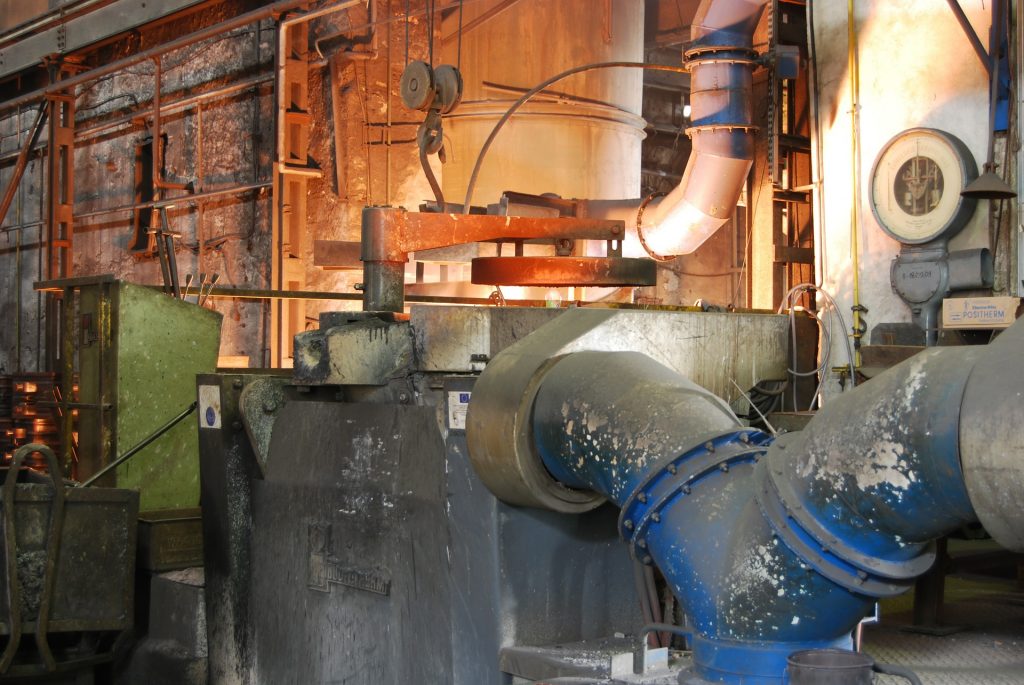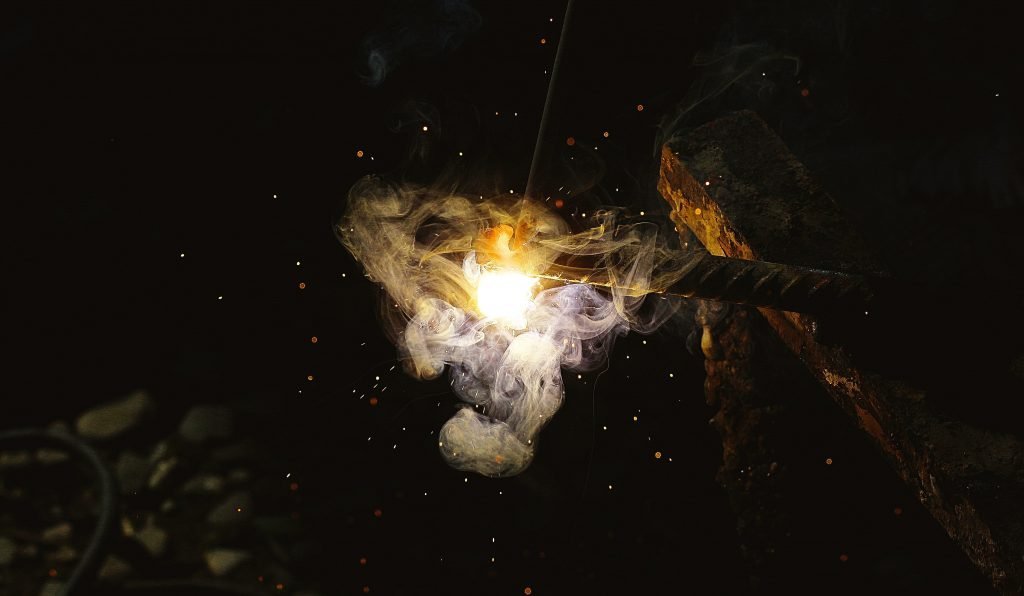Industries & Application
Mining
Mining & Smelting
Mercury is a naturally occurring chemical element that exists in the earth’s crust. Its inorganic form is abundantly present as a mineral called cinnabar (mercury sulfide), commonly mined to produce metallic mercury. It can also naturally exist as an amalgam to other non-ferrous metals, such as copper, zinc, lead, aluminum, tin, nickel, and more. As a result, the mining and smelting of non-ferrous metals can release mercury into our environment through air emissions as well as solid and liquid wastes. Further complicating the issue, coal is usually burned to power smelting operations, emitting even more toxic gaseous mercury into the environment.


During the mining process, mercury can readily combine with chlorine, sulfur, and other elements to form inorganic salts. Inorganic mercury salts can leach into underground springs, rivers, lakes, and our oceans, polluting our water sources which in turn, affect the aquatic and marine life that lives within them. From here, bioaccumulation and biotransformation of inorganic mercury to organic mercury will begin.
Solutions
RA-Series
For raw water, process water, industrial wastewater, rain-runoff, acid digestion (sludges, soil, etc.)

